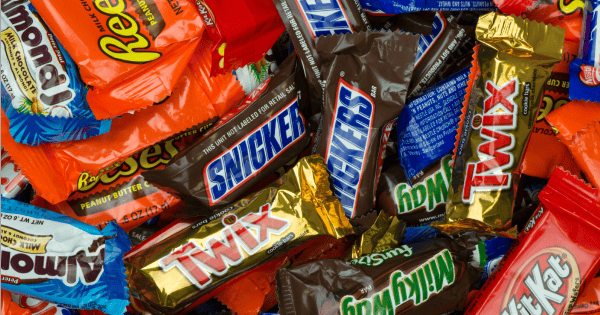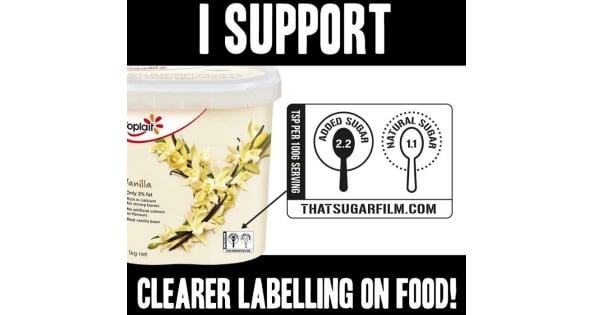
Aussie actor Damon Gameau, 39, set himself a challenge to eat a diet of foods that are marketed as “healthy”. In two months, Gameau put on 8.5kg and gained 10cm of fat around his waist, even though his calorie intake and exercise levels stayed the same. He writes for Mamamia about what’s missing from the conversation about sugar:
Last week, a report came from Google that for the first time in history the search words ‘low sugar’ overtook the words ‘low fat’. Public awareness around sugar is almost at gratingly high proportions and I would personally like to apologise for contributing to that in some small way.
I justify my contribution to this cultural ‘de sweetening’ by looking at the 1 in 4 Aussie children that are now overweight or obese, the 9 billion dollars we now spend annually on type 2 diabetes and the fact that this generation of children are likely to be the first to live shorter lives than their parents because diet related illnesses now contribute to more deaths than tobacco, alcohol and drugs combined.
But let’s be clear on 2 things. Firstly, added sugar is not evil or poison; this is a tale of excess. A little bit of sugar as a treat isn’t going to hurt anyone and is actually how it was once intended to be consumed (in 13th century England it was such a delicacy that the equivalent of a 1 kilo bag is all that existed in the entire kingdom).



Top Comments
I think everyone should watch That Sugar Film, whether they want to or not!